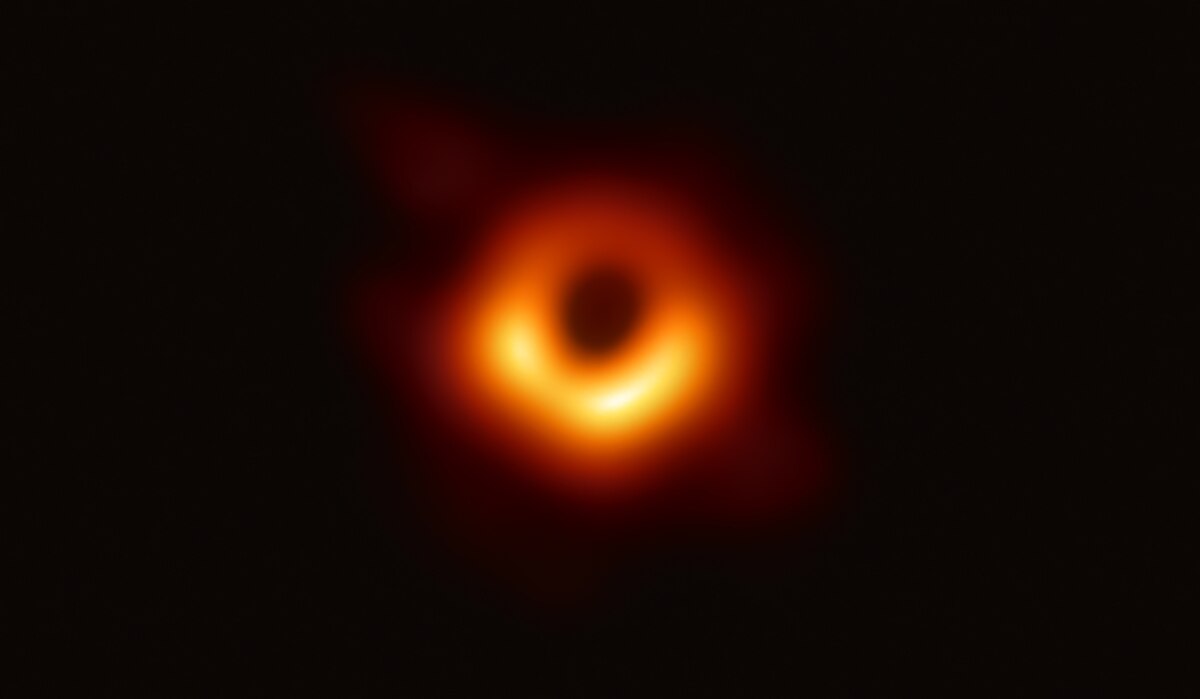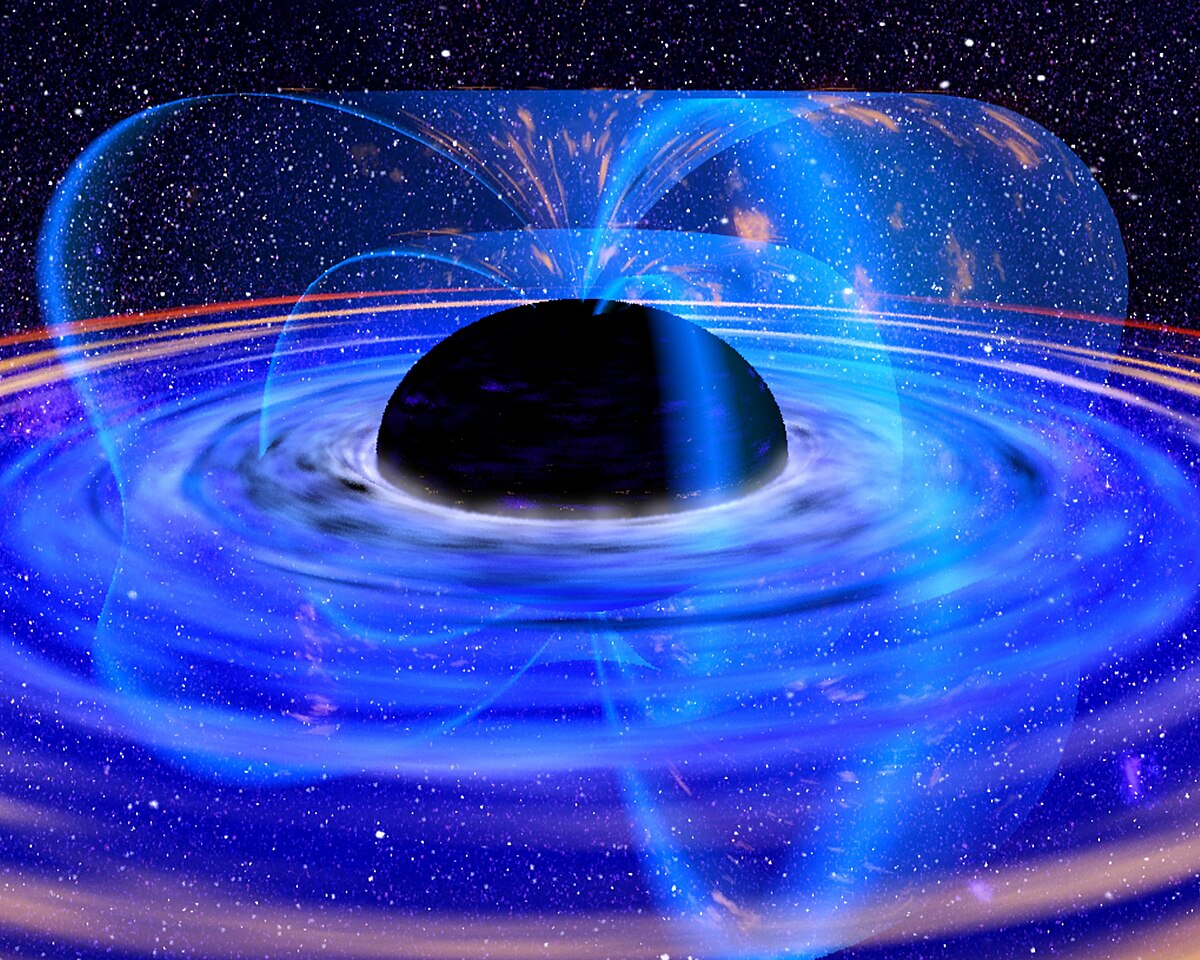
Did you know that at the center of nearly every galaxy, there’s a supermassive black hole lurking? Supermassive conjures up scary images of a hulking mass, which isn’t too far off. But we always hear about how black holes are basically an incredible amount of mass shoved into an incredibly small space. Considering that, how massive can they be, really?

1. Let’s first define massive.
Massive means different things depending on the context. In terms of Earth-scale, we usually call something massive if it’s really big. For example, elephants are massive. The Eiffel Tower is massive. But in space, the meaning changes. The word massive refers to how much mass something has. Mass means how much matter something has (how much physical stuff).
2. In that sense, here’s how massive it has to be.
In order for a black hole to form, there has to be a certain amount of mass. This is because black holes are characterized by their ability to pull in light and stop it from escaping, which requires a large amount of mass condensed into a small area in order to create the kind of gravitational force to grab light. The average mass of black holes that we’ve studied is between 3 and 10 solar masses. One solar mass is equal to 2x10^3 kg, which is the mass of our Sun.
3. Putting that in perspective.
Let’s consider a small black hole of 3 solar masses. Imagine the same amount of mass as three of our suns combined, all crammed into a singularity, a teeny tiny point in space. That’s pretty darn massive, and that’s a small black hole. Supermassive black holes are around 100,000 solar masses.





